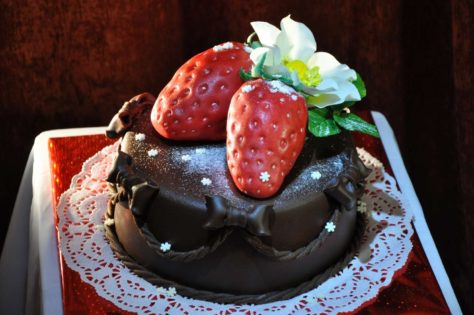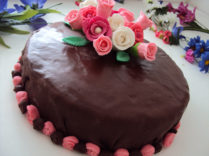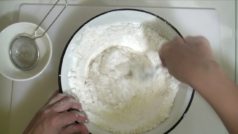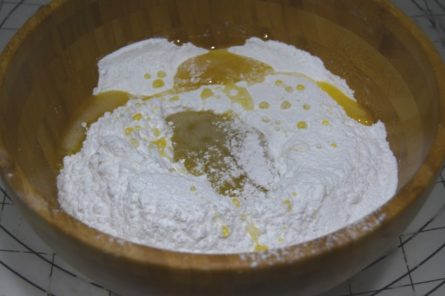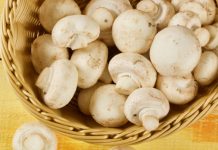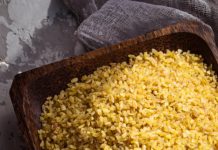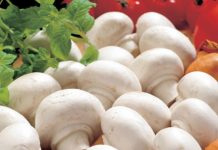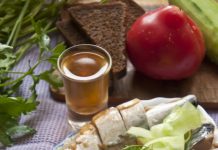A perfectly flat surface of the cake, almost like living edible flowers and figures of your favorite cartoon characters - all this can be done from sugar dough (mastic). Working with this material is no more difficult than with ordinary plasticine, and you can prepare it from the simplest and most affordable products. Mastic for the cake is done in different ways: from chewing marshmallows or milk powder, honey, condensed milk or gelatin.
Material Content:
Marshmallow Cake Mastic
This is the most popular and easiest mastic recipe. For its preparation, a minimum of ingredients is required, and the finished product can then be used both for wrapping the cake, and for making flowers, and for sculpting various figures.
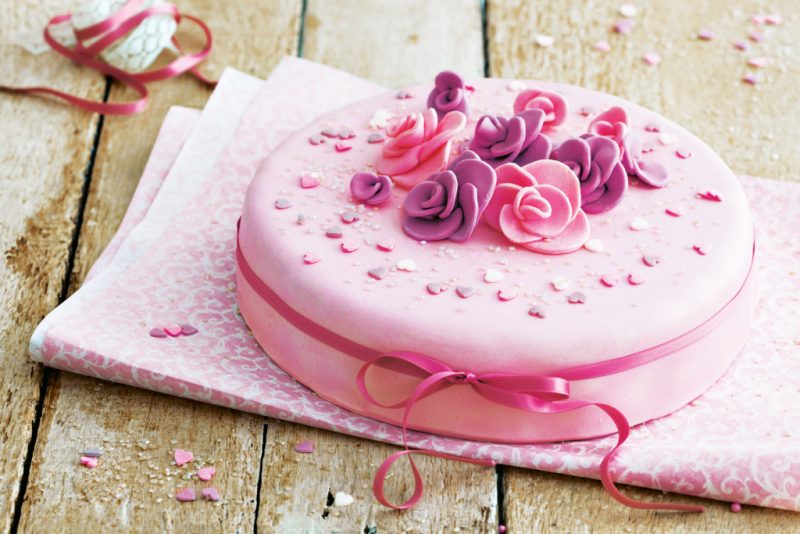
Since chewing marshmallows-marshmallows are often already painted in different colors, then colored mastic can be prepared without dyes, simply taking the sweetness of the desired color as the basis.
List of ingredients used:
- 90 g marshmallows;
- 15 ml of lemon juice or milk;
- 100 g of powdered sugar;
- 50 g of starch;
- 5 g butter.
Mastic recipe step by step:
- Mix powdered sugar and starch, sift the resulting mixture through a fine sieve. If the mastic will be rolled out very thinly, for example, for flowers, it is better to sift it not through a regular sieve, but through a piece of organza.
- Put marshmallows, butter in a deep bowl and pour milk (lemon juice). Next, these ingredients need to be melted. This can be done in a steam bath or in the microwave.
- Mix the melted marshmallows until smooth and, adding small amounts of sugar-starch mixture, knead the mastic like dough.Wrap a smooth ball of mastic with cling film so that it does not wind, and allow it to lie down for at least an hour. After that, it is completely ready for use.
Marshmallow mastic should be stored in the refrigerator, without air, tightly wrapped with plastic wrap. Before use, you will need to give her a couple of hours to lie down at room temperature.
Cooking from Egg Whites
The basis of any mastic is powdered sugar, but an additional component is required that will hold it together. Egg whites perfectly cope with this task.

But in order for the mass to remain plastic, glucose syrup must be added to it, which can be replaced with molasses, invert syrup or liquid honey.
Proportions of ingredients:
- 1 protein;
- 1 ml glucose syrup;
- 450 g of powdered sugar.
Cooking sequence:
- Beat the protein slightly. It is not necessary to achieve foam and peaks, it will only be enough to disrupt its structure by making it liquid.
- Mix protein with syrup and knead sugar dough, adding small portions of icing sugar.
- Mastic mixed and collected in a ball, put it in a plastic bag and put in the refrigerator for two hours.
- Then get the mastic and knead again. If it sticks to your hands, add icing sugar. After that, the mass is completely ready for use.
Gelatin Recipe
The simplest gelatin recipe includes only three ingredients: powdered sugar, water and gelatin. But out of such a mass, it will be too difficult to make something, and it is not suitable for covering the cake. The only worthy application for this mass is the modeling of the handles of baskets, bridges and other simple elements that must be rigid.
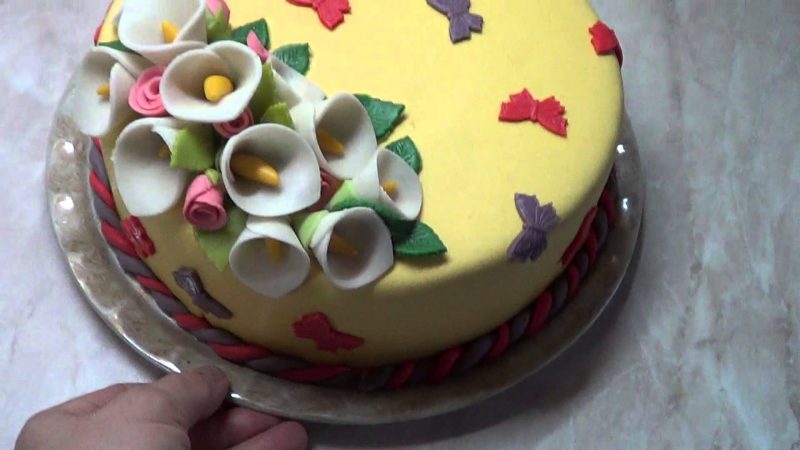
But there is another version of gelatin mastic, not inferior in quality to the mass of marshmallows:
- 20 g of gelatin;
- 50 ml of water;
- 100 ml glucose syrup;
- 20 ml of glycerin;
- 1000 g of powdered sugar (may take less).
Working process:
- Soak gelatin in water. When the mass swells, put it on fire and bring it to a uniform liquid state.
- Pour glucose syrup into gelatin and warm for 3-4 minutes to make the mixture homogeneous.
- Remove the composition from the heat, add glycerin and some flavoring agent (for example, vanillin).
- Sift part of the icing sugar and make a depression in it. Pour in the hot liquid component and knead the mass quickly. Mix the mastic very carefully so as not to burn your hands.
Chocolate mastic for cake
Chocolate mastic is by far the sweetest. Flowers and figurines made of it smell like chocolate, and it tastes no worse than your favorite sweets. In preparing chocolate for modeling, you will additionally need glucose syrup, which can be replaced with liquid honey.
The main difficulty in preparing chocomastics is that chocolate and honey are different, so there is no exact proportion of their ratio, you can only find them empirically.
An approximate ratio of ingredients will be as follows:
- 250 g of dark / milk / white chocolate;
- 130/110/90 g of honey for each type of chocolate, respectively.
Cooking:
- Melt the chocolate to a smooth, uniform mixture. This will happen when heated to 50 - 60 degrees. Heat the honey to the same temperature.
- Add honey to chocolate and mix. The mass should "curl up" and turn into a fluid dough that will not stick to the walls of the dishes.
- Spread the chocolate on the cling film not in a thick layer and cover with another piece of film on top. Make a notch on portioned squares with a ruler and leave the workpiece to stabilize at room temperature for 12 hours.
- Then break off small pieces of chocolate mastic, knead it well in your hands and use it to create sweet figures and flowers. If the mastic sticks to your hands, it means that there is little honey in it. It can be saved by melting and adding a little liquid beekeeping product.
To make chocolate mastic suitable for wrapping cakes, it is enough to mix it with mastic prepared on chewing marshmallows. This will help maintain the chocolate flavor and the desired plasticity.
From milk powder
Less sugar is obtained from mastic from milk powder. A pleasant moment will be the fact that in the process of cooking it will not be necessary to heat or melt anything.
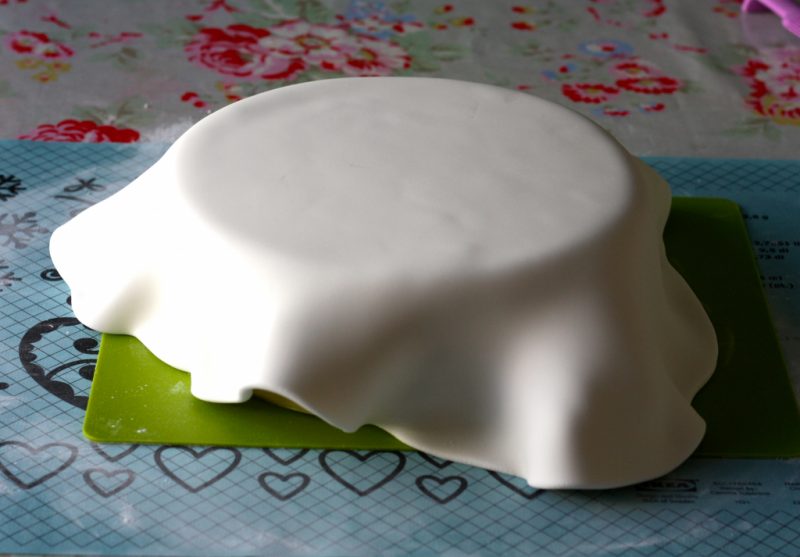
The ingredients of milk mastic will be required in the following proportions:
- 150 g of milk powder;
- 150 g of powdered sugar;
- 150 g of condensed milk;
- 5 ml of lemon juice.
How to make mastic from milk powder:
- Mix powdered sugar with milk powder and sift through a fine-mesh sieve.
- Next, pour condensed milk and lemon juice into a dry mixture in a thin stream, knead elastic sweet dough.
- After half an hour stabilization in the refrigerator, the mastic can be applied as intended.
- If necessary, it can be painted with food colors, dropping a few drops on the mastic and kneading well.
How to make condensed milk
Condensed milk makes the sweet mass sufficiently plastic. This allows not only sculpting figures from mastic, but also fitting cakes and pastries with it.

Together with powdered sugar, you can take baby food, dried cream or milk powder as the basis.
The composition of the mastic based on condensed milk:
- 110 g of condensed milk;
- 100 g of powdered sugar;
- 100 g of baby food (milk powder or cream);
- 5 ml of lemon juice;
- starch.
The sequence of actions:
- Mix condensed milk and loose ingredients (powdered sugar and baby food). Add lemon juice at the end.
- Sprinkle the working surface of the table with starch, put on it a viscous mass, which turned out at the previous stage, and knead until smooth. After spending 40 to 60 minutes in the refrigerator, the mastic will be ready.
Sugar mastic for cake
Any mastic in which the basis of the sweet dough is icing sugar refers to sugar. Above were given recipes for sugar mastic on gelatin, marshmallows and egg whites ... But there is another, less popular, recipe for delicious mastic with a fruity taste based on marmalade.

To prepare it you will need:
- 700 g of powdered sugar;
- 250 g marmalade;
- 50 ml of water or fruit juice.
The recipe for mastic in stages:
- Cut the recipe amount of marmalade into smaller slices, pour them with cold water or fruit juice and send to languish in a steam bath. It is necessary to warm the mixture to 60 degrees and a uniform gelatinous state.
- Then, pouring the obtained liquid into the recess on powdered sugar sifted in a hill, knead the plastic sugar mastic. This mass quickly hardens and dries, so during operation, it must be placed in a plastic wrap and put next to a heat source.
Honey Cooking Option
Honey mastic is prepared from simple and affordable ingredients that can be found in any kitchen. By consistency, it is suitable for any application (covering the cake, sculpting figures and creating floral arrangements).
An important point: the lighter the honey, the whiter the sugar mass.
Necessary products and their proportions:
- 15 g of instant gelatin in granules;
- 45 ml of water;
- 125 ml of liquid honey;
- 950 g of powdered sugar.
Cooking:
- Pour gelatin with water and leave for the time indicated on the package. Then add honey to it and send these products to a steam bath or melt everything in the microwave with short pulses.
- Combine the liquid base with powdered sugar, having previously sieved it, and knead the sweet dough. So that the finished edible plasticine does not dry out and does not absorb foreign odors, it should be stored in a tightly closed bag.
Shelf life of honey mastic at room temperature, in the refrigerator and freezer are 3, 6 and 12 months, respectively.
"Flower" do-it-yourself cake mastic
Mastic for sugar floristry should have the following properties: do not crumble, do not tear, dry quickly enough and keep its shape well.

A paste meeting these requirements can be obtained from the following products:
- 40 ml of drinking water;
- 15 g of gelatin in granules;
- 15 ml of syrup (invert, corn, glucose or from jam);
- 10 g of fat (butter, margarine, cooking oil, coconut oil and any other solid fat without extraneous odors);
- 5 ml of alcohol (liquor);
- 475 g of powdered sugar;
- 25 g of starch.
Stages of preparation:
- Put syrup, fat and alcohol on the slowest fire. Preventing boiling of the mass, bring it to a liquid homogeneous state.
- Remove the hot mixture from the heat and transfer gelatin swollen in water into it, stir. Under the influence of temperature, the gelatin completely “disperses”.
- Combine the icing sugar with starch and a liquid base, carefully mix the mastic.
- Grease a thick bag (for example, for freezing) with soft butter and transfer the mastic into it. If possible, bleed all the air and let the mass settle for 24 hours.
- After that, you can begin to create sugar flower arrangements.
Marzipan decoration
Marzipan mastic tends to lie on the cake in a very thin and even layer, so it is suitable not only for sculpting figures, but also for coating desserts. The ratio of powdered sugar and powdered almonds gives the mass a moderate sweetness and nutty taste.
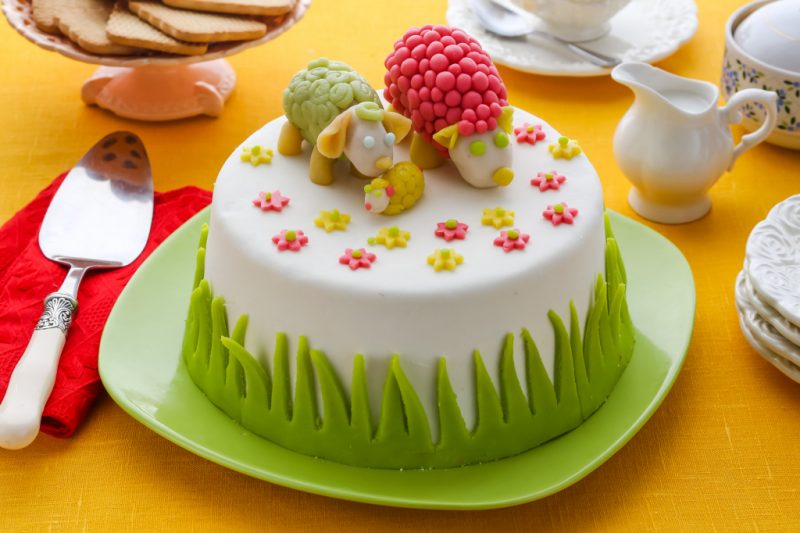
For one portion of the plastic mass of marzipan you need to take:
- 300 g milled almonds in flour;
- 400 g of powdered sugar;
- 2 egg whites;
- 2 - 3 drops of almond or vanilla extract.
How to do:
- Grind dried and peeled almonds in a coffee grinder very finely, sifting it through a very fine sieve. The resulting powder is mixed with icing sugar.
- Mix the egg whites with the flavoring and loosen a little with a fork. Then pour the mixture into loose components and knead the sweet plastic mass. Marzipan mastic is ready.
How to make mastic color or shiny
In order to make a self-made cake with mastic not inferior in beauty to the creations of famous confectioners, the sweet mass for covering and sculpting will need to be painted in different colors. For this purpose, you can use both professional food colors and dyes from improvised means.
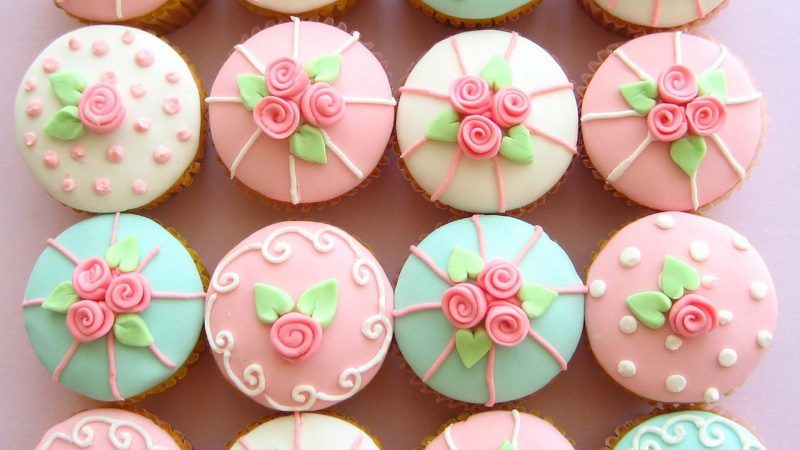
- To color the mastic with gel food coloring, you need to break off a piece of white mastic, drip a few drops of the dye on it and knead well. The color will be evenly distributed and the mass will be painted. A more intense color may require more dye.
- When stained with dry dyes, they need to be slightly diluted with vodka (it evaporates quickly) and mixed with mastic. It is impossible to achieve intense color here, since a large amount of dye will increase the amount of moisture in the mass, and it will begin to lose its properties.
- If there is no food coloring in the arsenal of a home confectioner, you can color the mastic with fruit and berry juices (carrots, cherries, beets, spinach, blueberries) or spices (cocoa powder, turmeric, paprika).
In the process of working with mastic, it is often necessary to dust it with starch or powdered sugar so that it does not stick to the working surface of the table. Because of this, particles of powder may remain on the cake, which spoil the appearance of the product.
To avoid this, you need to moisten a brush made of artificial pile in vodka and go through it on the mastic details. All the dust particles will leave, and the mastic will become glossy and shiny. Alcohol evaporate in a matter of minutes.
- Marisha


